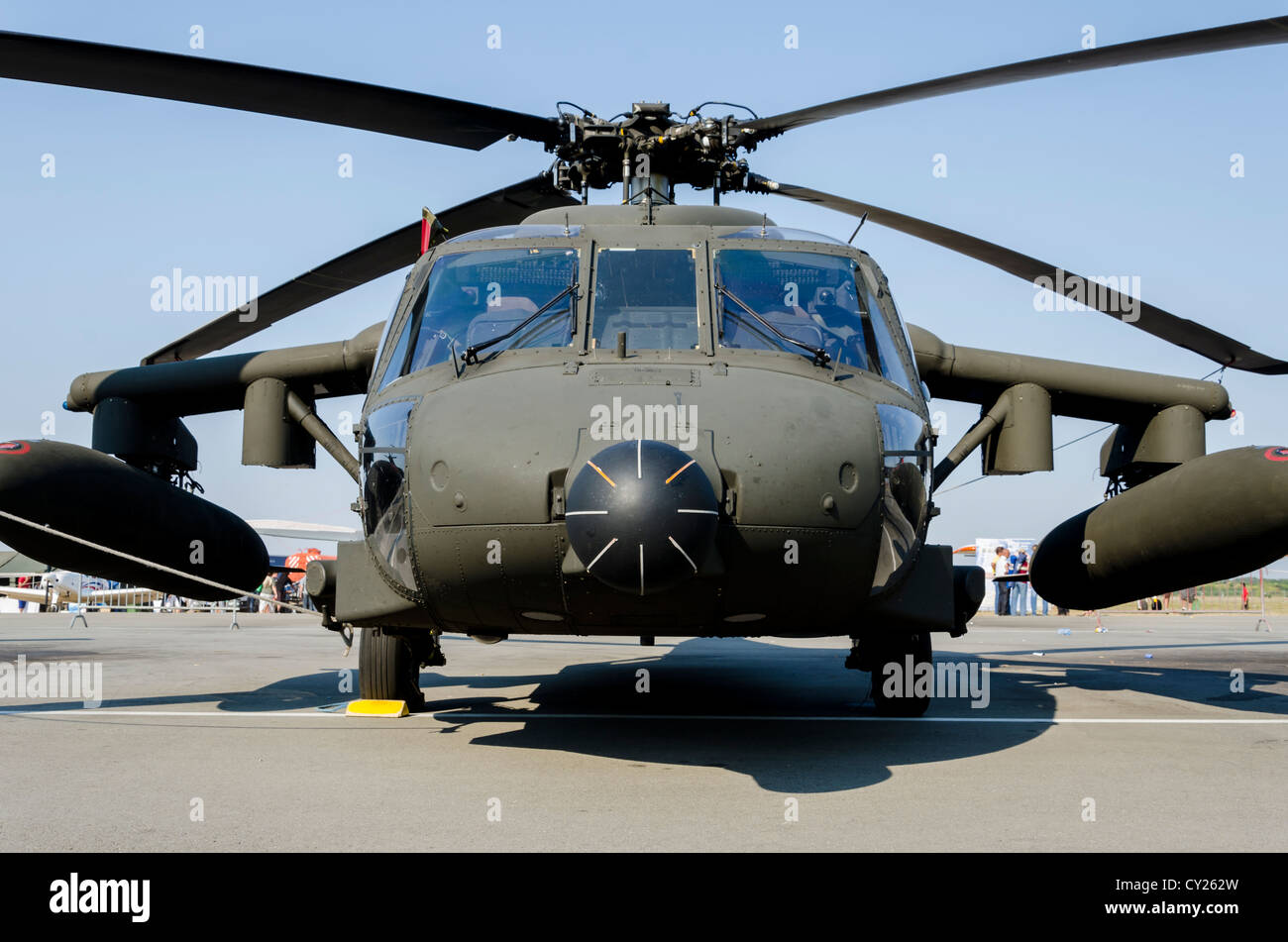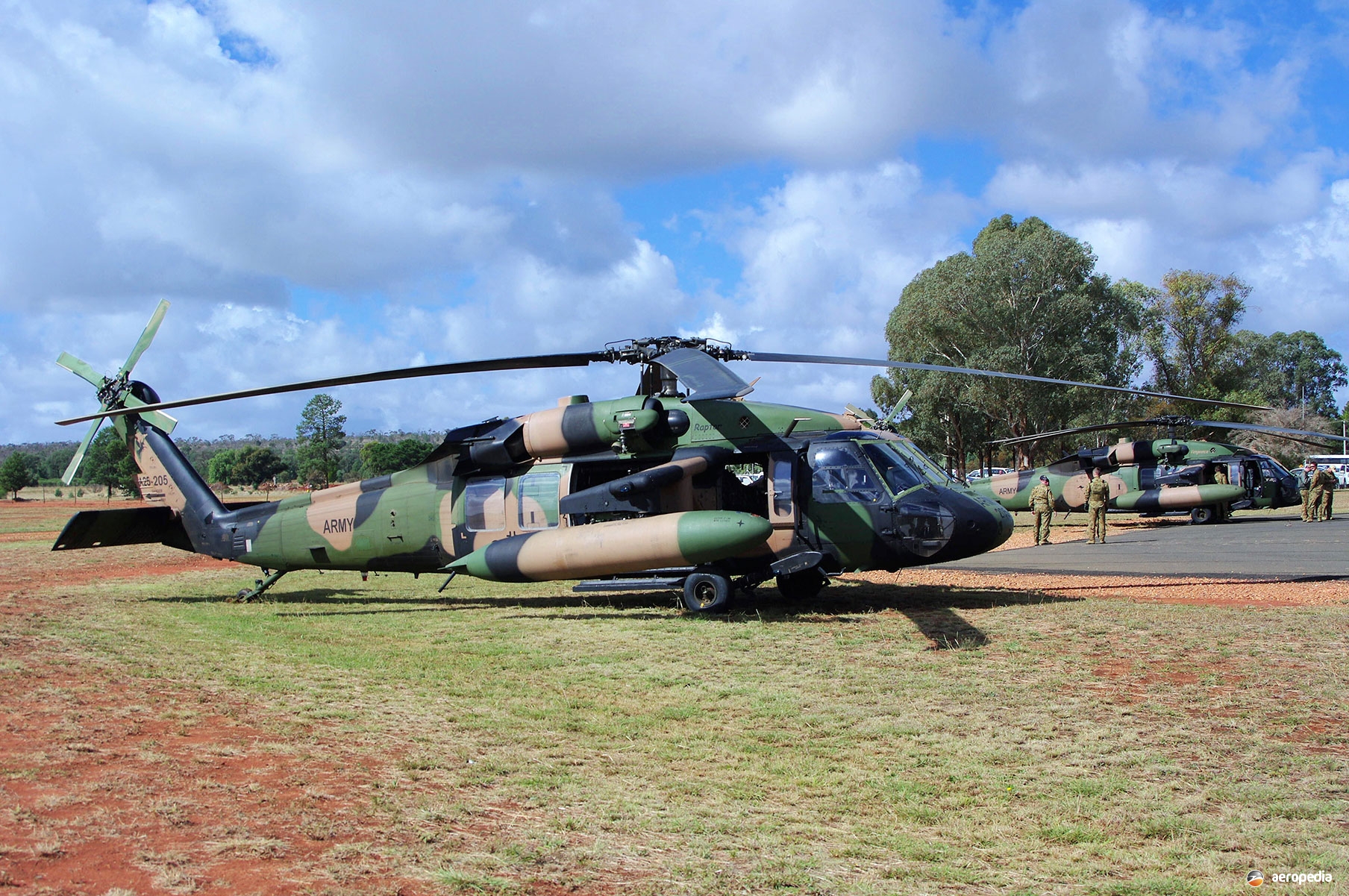How the Sikorsky S 70 Sticks Out in the Helicopter Sector
How the Sikorsky S 70 Sticks Out in the Helicopter Sector
Blog Article
Rotary-Wing Aircraft Offering Superior Longevity and Precision Engineering
In the world of air travel, rotary-wing airplane have long been identified for their unique capacities in different functional environments. As we discover the elaborate equilibrium between advancement and reliability in rotary-wing airplane, it becomes apparent that the merging of innovative innovation and tried and tested design concepts has actually set a new requirement for efficiency and efficiency in the aerospace industry.
Evolution of Rotary-Wing Technology
Throughout the background of air travel, the advancement of rotary-wing modern technology has been a testimony to regular advancement and advancement in aerial engineering. From the early days of vertical trip with rudimentary styles to the sophisticated helicopters and other rotary-wing aircraft of today, the progression in this area has actually been impressive.
In the early 1900s, pioneers like Igor Sikorsky and Juan de la Cierva made substantial strides in rotary-wing technology. Sikorsky's VS-300 helicopter, initial flown in 1939, noted an essential minute in the growth of useful rotary-wing airplane. This success led the way for more improvements in vertical flight capabilities.

Today, rotary-wing airplane play important functions in different fields, consisting of army procedures, emergency medical solutions, regulation enforcement, and commercial transport. The development of rotary-wing modern technology remains to push the boundaries of what is feasible in vertical flight, making certain that these airplane remain essential properties in the air travel sector.
Materials and Construction Innovations
Showing a fusion of cutting-edge materials and precise building techniques, rotary-wing airplane have undergone substantial innovations in sturdiness and efficiency. One of the crucial developments in materials used for rotary-wing aircraft is the enhancing utilization of composite materials.
Furthermore, the combination of sophisticated finishings and surface therapies has played a critical role in enhancing the longevity of rotary-wing airplane. These finishes give defense versus corrosion, abrasion, and severe weather, prolonging the lifespan of the aircraft and minimizing upkeep needs.
In regards to construction technologies, additive manufacturing, additionally referred to as 3D printing, has actually transformed the production of complicated components for rotary-wing aircraft. This innovation permits for fast prototyping and customization, bring about faster growth cycles and reduced expenses. In general, the continual development of materials and building and construction strategies is driving the capacities and performance of rotary-wing aircraft to brand-new elevations.
Precision Trip Control Solution

The assimilation of GPS modern technology even more enhances the accuracy and dependability of these systems, permitting accurate navigating, waypoint monitoring, and automated flight control. sikorsky s 70. This degree of precision not just improves the safety and security of rotary-wing operations however additionally improves general functional efficiency and goal effectiveness
Additionally, the constant improvements in expert system and maker understanding have actually facilitated the growth of independent flight capacities within Precision Flight Control Systems. This allows rotary-wing aircraft to do complex missions with exceptional accuracy and uniformity, making them important assets in a wide array of applications, including military procedures, search and rescue objectives, and aerial digital photography.
Toughness in Challenging Atmospheres
In demanding functional setups, rotary-wing airplane demonstrate phenomenal resilience and effectiveness, making sure optimum efficiency under challenging ecological problems. These aircraft are created to stand up to a wide variety of ecological elements, including extreme temperatures, high winds, and rough terrain, making them fit for various objectives in diverse landscapes.
One vital variable contributing to the sturdiness of rotary-wing airplane is their sturdy building and construction. These aircraft are built making use of high-grade materials and progressed design techniques to enhance their architectural integrity and dependability. In addition, components such as rotor blades, engine systems, and touchdown gear are thoroughly made to endure the stress and anxieties and pressures run into throughout operations in difficult atmospheres.
In addition, rotary-wing airplane are outfitted with innovative onboard systems that monitor performance metrics in real-time, permitting positive maintenance and early discovery of potential concerns - sikorsky s 70. This positive approach helps stop unforeseen failings and guarantees the ongoing airworthiness of the aircraft in requiring operational settings. Generally, the durability of rotary-wing aircraft in challenging environments is a testament to their superior design and style, making them essential possessions for numerous mission-critical procedures
Upkeep and Reliability Standards
The adherence to rigid maintenance and dependability criteria is official website paramount in making sure the ideal efficiency and security of rotary-wing aircraft. Normal upkeep checks, carried out by qualified specialists, are vital to identify and resolve any potential problems before they jeopardize the airplane's performance. These checks encompass a thorough evaluation of all critical parts, consisting of the engine, blades system, avionics, and hydraulic systems, to assure that they remain in prime functioning problem.
In addition, adherence to scheduled maintenance periods in conformity with manufacturer guidelines is essential for supporting the airplane's reliability. This aggressive strategy helps protect against unexpected breakdowns and guarantees that the aircraft remains airworthy for its desired goals. Additionally, the execution of robust dependability requirements, like it such as routine element screening and replacement based on established lifecycles, additionally boosts the aircraft's stability.
Verdict

Finally, the developments in rotary-wing airplane modern technology have actually brought about remarkable longevity and precision engineering. With cutting-edge products and construction techniques, together with accuracy trip control systems, these airplane can run in tough settings with increased integrity. The maintenance and reliability criteria guarantee that these rotary-wing aircraft remain to execute at their best, making them necessary possessions for numerous industries.
Showing a combination of cutting-edge products and exact building techniques, rotary-wing airplane have actually gone through substantial improvements in longevity and efficiency. One of the key advancements in materials used for rotary-wing aircraft is the raising usage of composite products.With thorough focus to information and progressed technological integration, rotary-wing aircraft have actually welcomed Accuracy Trip Control Systems as a cornerstone of their operational excellence. In he has a good point general, the toughness of rotary-wing aircraft in tough environments is a testament to their exceptional design and layout, making them indispensable possessions for different mission-critical operations.
In final thought, the developments in rotary-wing aircraft technology have actually led to remarkable durability and accuracy design.
Report this page